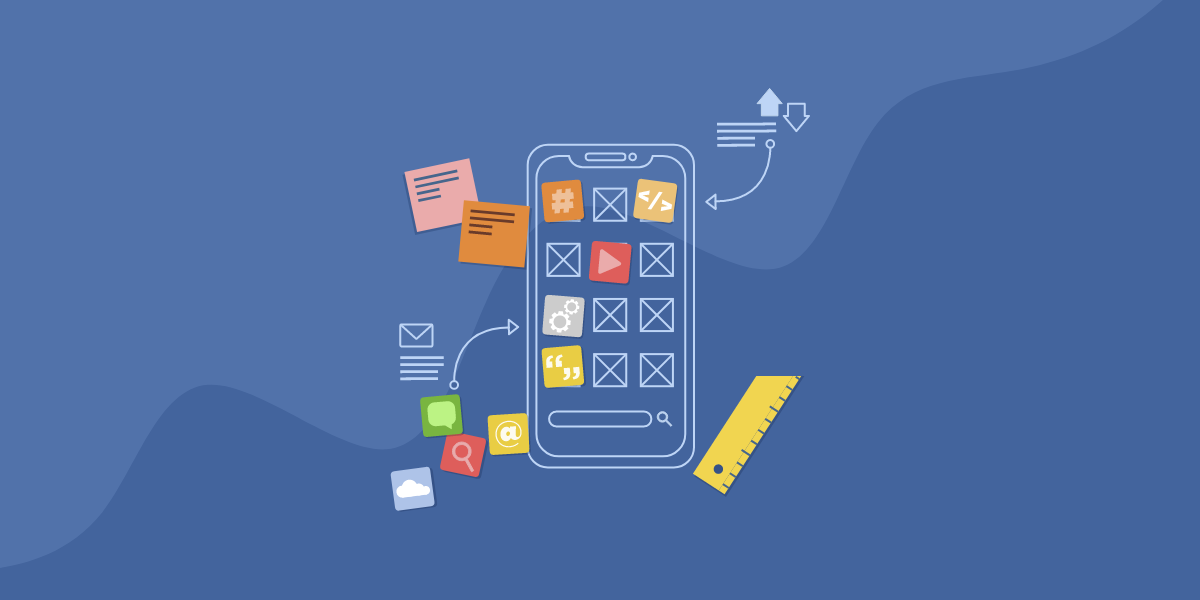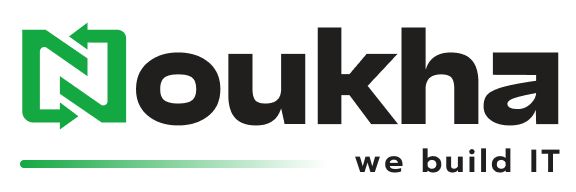In the digital-first world today, mobile apps have become a necessity and not an option, as it is vital to businesses intending to attract users, increase their operations, and expand their market share. When your mobile application is intended to be built in Canada, it is important to get a grip of the mobile app development process in Canada, its costs, realistic timelines, and stepwisely, the workflow is the success of the project.
The country has an excellent organization of technology, a strong talent base, and a friendly regulatory culture, therefore, Canada is an ideal location to develop mobile applications. Living in Toronto, Vancouver or Montreal, or have the business, which has already established its presence on the mobile platform and wants to expand, this guide will have everything you need to plan, develop, and release a successful app.
Why Mobile App Development in Canada?
There are a couple of reasons why Canada has become a center of mobile app development: 
Qualified Talent Pool: Availability of qualified developers, designers, and project managers in such cities as Toronto, Vancouver, and Montreal.
Creative Tech Startup: A great number of tech startups and well-established IT companies are located in Canadian cities.
Regulatory Compliance: The use of the apps is stable under the Canadian privacy and data protection laws (PIPEDA and provincial laws), which guarantee high-scale regulation.
Market Diversity: Canadian multicultural society is an excellent testing environment of the apps targeting the global markets.
Bilingual Requirements: English and French language support may be significant particularly in Quebec.
Creating applications in Canada will need the understanding of the local market trends, the behavior of users, the needs of bilinguals, and regional compliance standards.
Mobile App Development Process in Canada, Step-by-step
The development of a successful mobile application is divided into stages, each of which has its own tasks and goals. The following is a step-by-step workflow of creating a mobile application: 
- Ideation & Market Research
- State your app concept, audience and user problem to be solved.
- Carry out competitor analysis of the Canadian market.
- Know platform preference (iOS vs Android) in Canada.
- Determine your unique selling point (USP) and make it Canadian-friendly.
Why it matters:
Having a good App is guaranteed by an extensive research so that your app should not only be solving real user needs but also have competitive advantage.
2. Planning & Strategy
- Describe key characteristics of Minimum Viable Product (MVP).
- Choose platform strategy: iOS, Android or cross platform.
- Select the technology and development model (native or cross-platform).
- Agile methodology Determine timelines, budget, and development workflow.
Hack: Agile will allow rapid cycles and immediate adaption to the Canadian input like French-language support.
3. UI/UX Design
- Prepare wireframing and inter-active prototyping.
- Develop mobile-specific and cultural Canadian patterns user interfaces.
- Complete a usability test to make sure that preparations and flows are correct with Canadians users.
Significance: Adoption and retention directly influence a smooth user experience (HX) and interactive user interface (UI) has a direct influence.
4. Development (Coding)
- Build the front-end (mobile application) and the back-end (server, database, APIs).
- Introduce functionality, third-party interfaces, push messages and analytics.
- Meet Canadian requirement and bi-lingualism.
Key considerations:
- Native development vs cross-platform development.
- Scalable and modular architecture.
- OS compatibility (iOS and Android) and device compatibility.
- Data security and privacy compliances.
5. Test / Quality Assurance (QA)
- Perform, functional, UI/UX, performance and security tests.
- Perform regression test after updates.
- Conduct User Acceptance Testing (UAT) with representative Canadian users.
The importance of QA: Lack of testing may lead to failure of the app, poor ratings, and high churn rates.
6. Deployment & Launch
- Submission to Apple App Store and Google Play Store.
- Implement analytics that will be used to monitor downloads, interaction and retention.
- Conservatory Canada alternative introducing bilingual promotion and geographical promotions.
Hint: Try to consider time zones, bilingual market in Quebec and optimization of app stores (ASO) by geographical region.
7. Continuous Improvement and Maintenance.
- Monitor statistics of tracks and user reaction.
- Bug fix, performer optimization and update.
- Introduce new features according to the market requirements.
Why is it important? The development of mobile apps in Canada cannot conclude with the launch and the continuous progress is the key to user retention and long-term success.
Timelines of Mobile App Development in Canada
App Type Estimated Timeline
Simple App 1 – 3 months
Medium App 3 – 6 months
Complex App 6 – 12+ months
Note: Timelines are dependent on features, platforms as well as complexity.
Guidance to Selecting the Mobile App Development Partner
- Look through portfolio and previous projects.
- Experience in the check industry and reviews of clients.
- Be transparent in development process.
- Market proficiency in UI/UX development and bilingual development.
- Verify after-sales services, updates and ownership of intellectual property.
Conclusion
The local regulation has to be taken into consideration in developing a mobile app in Canada, a strategic approach is needed to balance the costs, timelines, features, and compliance. Through this step by step procedure- ideation to maintenance and collaboration with seasoned professionals, you will be able to create a mobile application that will provide value to the Canadian users in addition to the rest of the world.
Next step: Map your appl development process to Canada with a credible team, set a clarity budget and concentrate on providing a smooth, bilingual user experience that leads to engagement and expansion
Frequently asked questions:
Q1. What is the cost of developing a mobile application in Canada?
The prices will depend on the complexity of the app, the platform, and the type of the developer, with the prices between CAD 6,000 and more than CAD 180,000 depending on the complexity of the app.
Q2. What is the duration of mobile app development in Canada?
Simple applications can require 1-3 months, medium complexity can require 3-6 months, and complex applications can require 6-12+ months.
Q3. Is it better to use a native or cross-platform strategy?
Native applications can offer more performance, whereas cross-platform applications such as Flutter or React Native can save on cost and development time of multi-platform applications.
Q4. Should my Canadian app be bilingual-supported?
Yes. It is strongly advisable to support both English and French, in case of the Quebec users.
Q5. When is maintenance of the apps required?
The maintenance will consist of bug fixes, optimizing the performance, updating it to be compatible with the OS, and adding features to it to guarantee long-term success of the app.
Contact our team at Noukha for an honest assessment of what your app will actually take to build properly.


